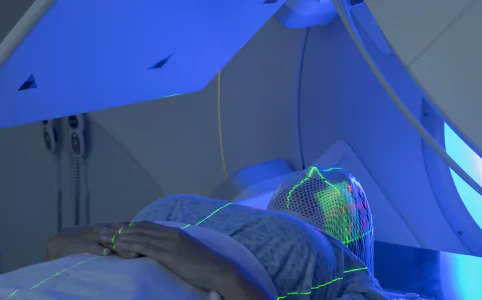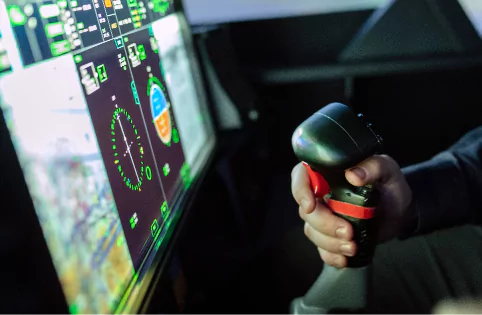What Does Real Time Mean?
Real-time embedded systems can be categorized into four response types:
- Deadline based
- Quick response
- Constant response
- Accuracy based
When it comes to embedded systems, real time is a term associated with the devices and systems that need to respond immediately to a sensory input due to the time constraints that the real world demands of these devices. An embedded system that can react to real-time situations within a specified time frame is a real-time embedded system.
These systems must respond appropriately to concurrent conditions and stimuli with an assortment of hard and soft real-time tasks. Most require a real-time operating system (RTOS) within the embedded system.
RTOSes are subdivided into “soft” and “hard” real-time systems. Soft real-time systems operate within a few hundred milliseconds, at the scale of a human reaction. Hard real-time systems, however, provide responses that are predictable within tens of milliseconds or less.
» Read More About Embedded Systems
Devices that require real-time responses include:

Military Devices

Vehicle Systems

Household Appliances

Telephones

Satellites

Medical Devices

Video Games
What Does Safety Critical Mean?

Varian relies on Wind River for mission-critical accuracy in radiotherapy and radiosurgery systems.
Safety critical is a term that refers to a system that needs to function properly, with no malfunctions, in order to avoid worst-case scenarios such as human injury and/or death, property damage, financial loss, environmental damage, or a catastrophic systemic effect.
A safety-critical system is one that has high risk and is strongly reliant on computers. These machines must perform with zero failure and be highly dependable.
Because of the complexity and need for accuracy involved, developers begin the process of developing a safety-critical system before writing even a single line of code. System requirements must be revealed and addressed before the project can move forward in the development phase of the lifecycle. And at each phase of the cycle, testing must be implemented to ensure perfection and performance.
Examples of safety-critical devices include:

Medical devices such as radiation therapy and robotic surgery devices

Vehicle performance devices, such as airbags and braking systems

Emergency dispatch services

Air traffic and engine controls

Traffic controls such as railway signals and stoplights

Defense systems
| Based on reliability factors, safety-critical systems are classified as follows: | |
|---|---|
| Fail Operational | Systems remain functional even when their control systems fail |
| Fail Soft | Systems remain safe even if they cannot function |
| Fail Safe | Systems become safe when they cannot function |
| Fail Secure | Systems guarantee security despite their inability to function |
| Fail Passive | Systems keep running regardless of system failure |
| Fault Tolerant | Systems identify faults and risk components but continue to function |
How Can Wind River Help?

BAE meets Royal Air Force deadlines and stringent requirements for safety and security with VxWorks.
VxWorks 653
VxWorks® 653 is a safe, secure, and reliable real-time operating system (RTOS) that delivers an open virtualization platform with robust time and space partitioning on the latest PowerPC multi-core processor platforms. With technology proven by more than 360 customers over 600 safety programs in more than 100 civilian and military aircraft, VxWorks 653 is driving the transition to software-defined systems in aerospace and defense, bringing innovative technology that solves real business problems.
Its key features include:
- Industry standards conformance
- Affordability
- Independent build, link, and load (IBLL)
- A multi-core scheduler using hardware virtualization assist
- Development tools
- Hardware support and availability
- Proven market excellence
Wind River Linux
Wind River® Linux enables you to build and deploy robust, reliable, and secure Linux-based edge devices and systems without the risk and development effort associated with roll-your-own (RYO) in-house efforts. Keep your code base up-to-date, track and fix defects, apply security patches, customize your runtime to adhere to strict market specifications and certifications, facilitate your IP and export compliance, and significantly reduce your costs.
Its key features include:
- Periodic new releases from both the community LTS kernel and Yocto Project LTS
- BSP support based on vendor software development kit (SDK) updates
- Support for real-time kernel when needed
- Charge per project, with no additional fees regardless of how many devices are deployed over the life of the project (unlike some Linux distributions that charge for each deployed device)